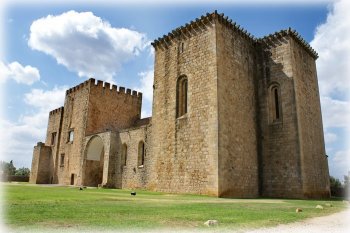Explore the best places
Results for Mosteiro dos Jerónimos in Portugal
Armazém do Mosteiro da Madre de Deus de Monchique / Armazém do "Cais Novo"
- heritage
Rua de Monchique, 47
4150, Porto
Warehouse built in the image of a house or century solar where is installed the port wine Museum. This space served to warehouse of the company's wines from the vineyards of agriculture General Alto Douro.
Convento e Igreja de São Paulo / Mosteiro de Nossa Senhora da Consolação / Hospital de São Paulo
- heritage
Largo de São Paulo
7830-386, Serpa
Are both church and convent, São Paulo de frades, Serra de Ossa. The architecture is varied with tea, Baroque and Rococo.
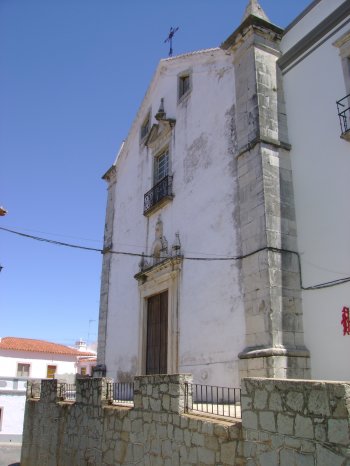
Igreja do Antigo Mosteiro da Madre de Deus / Igreja Matriz de Vinhó
- heritage
Avenida José Domingos Paulo
6290-651, Gouveia
This former monastery for the Clarisse sis composed by a longitudinal plan with one only nave, a narrower main chapel and a square bell ringer tower, a lateral chapel and an attached sacristy. It was built on the 16th century with several improvements and additions presenting some features from the mannerist and baroque architecture.
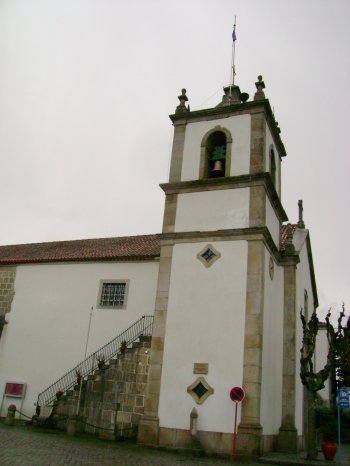
Mosteiro de São Miguel de Refojos de Basto / Câmara Municipal de Cabeceiras de Basto
- heritage
Praça da República, 19
4860-355, Cabeceiras de Basto
The first document related to this Monastery is from 1122. The church façade stands out due its huge dimensions. On its both sides, right and left there are the statues in natural size from the founder of the Order of Saint Benedict – Saint Benedict of Núrcia and Saint Scholastic.
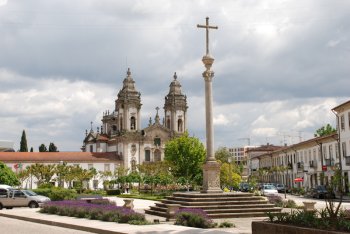
Bucho Recheado à Moda de Folques
- leisure
Folques
3300, Arganil
Diz-se que a receita do Bucho de Folques terá sido criada no antigo Mosteiro de São Pedro de Folques, fundado há cerca de dez séculos. Atualmente, este prato tornou-se comum na aldeia de Folques, sendo confecionado principalmente em casas particulares.
Museu Académico de Coimbra
- heritage
Praça Dom Dinis - Colégio de São Jerónimo
3000-143, Coimbra
Sited at the superior cloister and annex areas of the S. Jerónimo College, this place aims to gather, maintain and divulge all about the history of the academic history, its traditions and relations with the University and the city.
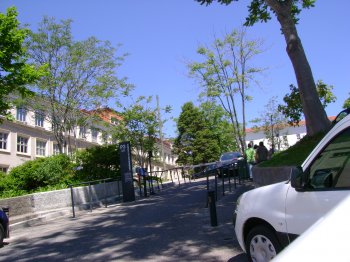
Galinhas - Sede do Futebol Clube Mosteirense
- food & drink
Largo do Barulho, 1 - Sede do Futebol Clube Mosteirense,
7340-212, Arronches
Situado na Sede do Futebol Clube de Mosteiros, O Galinhas é um espaço simples onde se servem algumas delícias da região. Lacão assado no forno, bochechas de porco ibérico estufadas em vinho tinto, febrinhas de alguidar com migas de batata, queixadas assadas no forno e galinha do campo tostada são pratos a não perder.
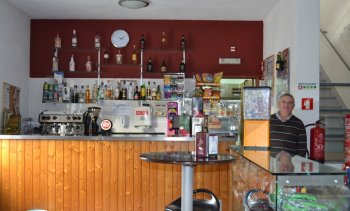
Igreja Rainha Santa Isabel
- heritage
Alto de Santa Clara
3040-270, Coimbra
The Fellowship of Queen Santa Isabel is in charge of the Church of Queen Santa Isabel do Mosteiro de Santa Clara-a-Nova. Their primary concern is to ensure the Church of Queen Santa Isabel and adjacent spaces that belong to and promote the cult of Queen Santa Isabel. In the altarpiece of the chancel of the Church is the silver and Crystal URN, where is venerated the body of Queen Santa Isabel.
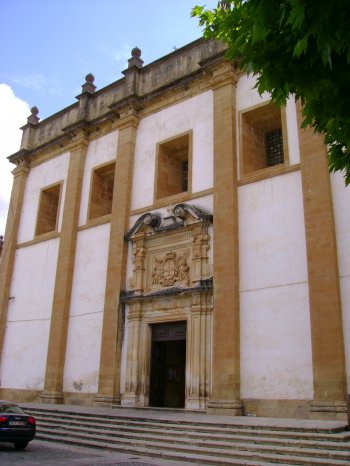
Fortaleza do Cabo de São Vicente
- heritage
EN268
8650-370, Sagres
The original build dates back to the 16th century but the building suffered changes in the 17th and 18th centuries. The main door bears the arms of Dom Joao II. Located inside the fort are the Convento dos Frades Jerónimos, founded in the 16th century, and a chapel built on the very spot where, so the legend goes, lie the human remains of St Vincent.
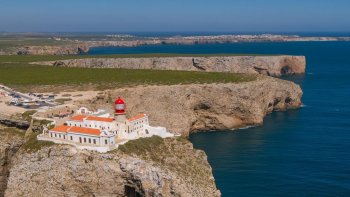
Núcleo Museológico de Flor da Rosa - Mosteiro de Santa Maria de Flor da Rosa
- heritage
Mosteiro de Santa Maria de Flor da Rosa
7430-999, Crato
The Flor da Rosa monastery situated in the municipality of Crato, the monumental complex, started rising in the 14th century, was originally a convent fortress Church. Currently houses an Inn and is host to many cultural events. It is a religious, civil and military architecture, Gothic, Manueline, mudéjar, Renaissance, contemporary. The complex is composed of three distinct buildings, interpenetraram over time: Gothic castellated Palace, expanded in the century of 500, which gave the current Renaissance and mudéjar prospect; Gothic and Manueline fortress-Church, nave only of great height and wide transept and shallow headboard; and Renaissance and Mudejar Conventual dependencies. In …
